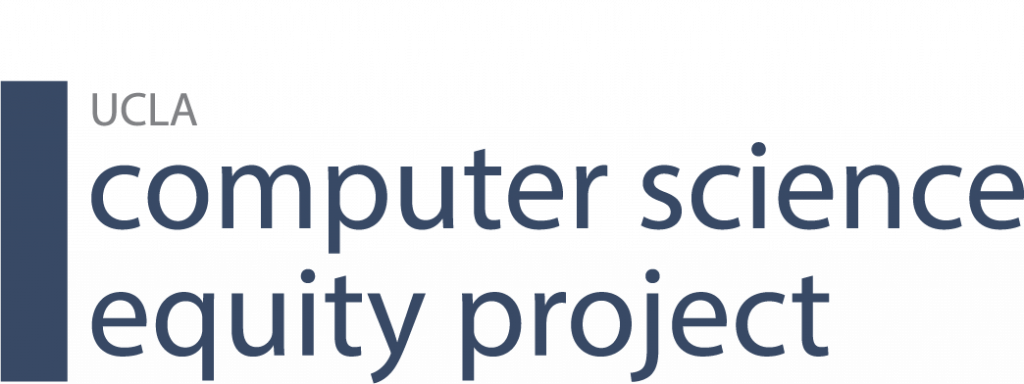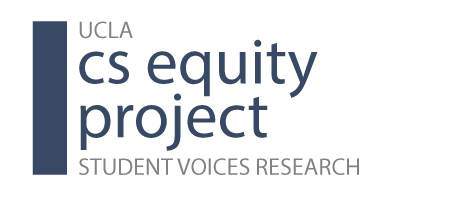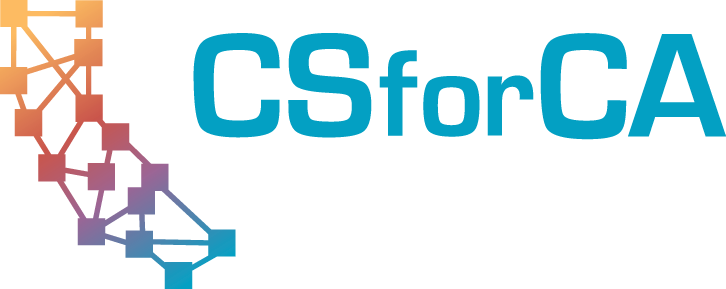By Julie Flapan, EdSource
After several years of school on Zoom, watching YouTube how-to videos about anything and everything, and “talking” via Snapchat, it’s tempting to think that students are already equipped for our technological future. But technology innovations like artificial intelligence and ChatGPT are wreaking havoc on our education system.
As education headlines are dominated by calls to “catch up” from the pandemic and build a more equitable schooling system, it’s understandable why we’d want every dollar of educational investments going into reading, math and other basic skills. But California is facing a more fundamental problem: Because we haven’t yet reached equitable access to high-quality instruction across the curriculum, we have to invest in our future, without exacerbating existing inequalities.
As educators and policymakers consider ways to increase student achievement, it’s important that we ensure equity in expanding teaching and learning opportunities. In our increasingly digital world, computer science is a necessary building block that enables students to develop foundational skills that apply across subjects, from computational thinking and interdisciplinary problem-solving, to collaboration and digital citizenship. Importantly, computer science also plays a unique role in supporting learning and student engagement when it is integrated into more traditional subjects like math, science, arts and the humanities — in large part because technology is the currency for learning among our youth, and critical to success in college, careers and life.





